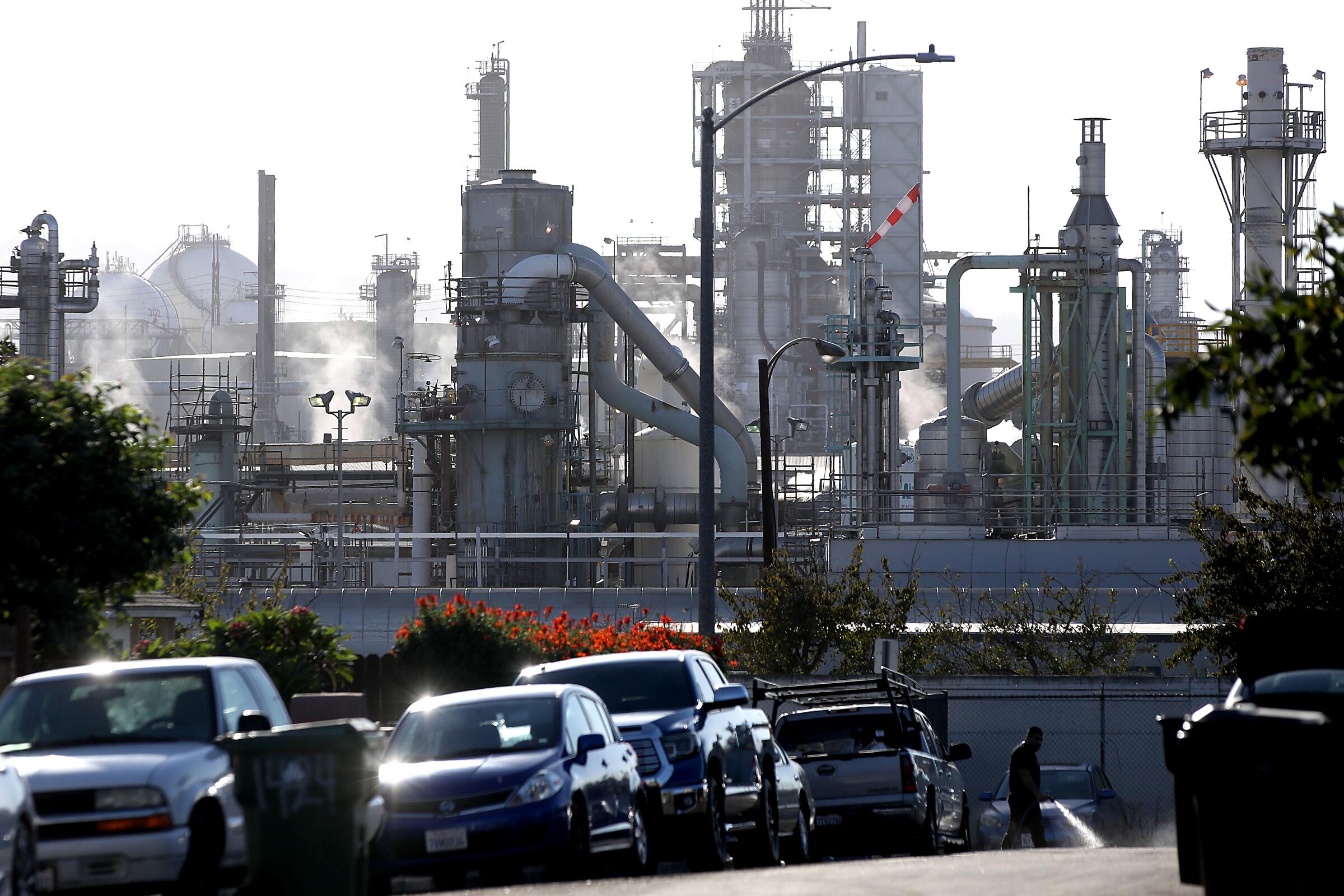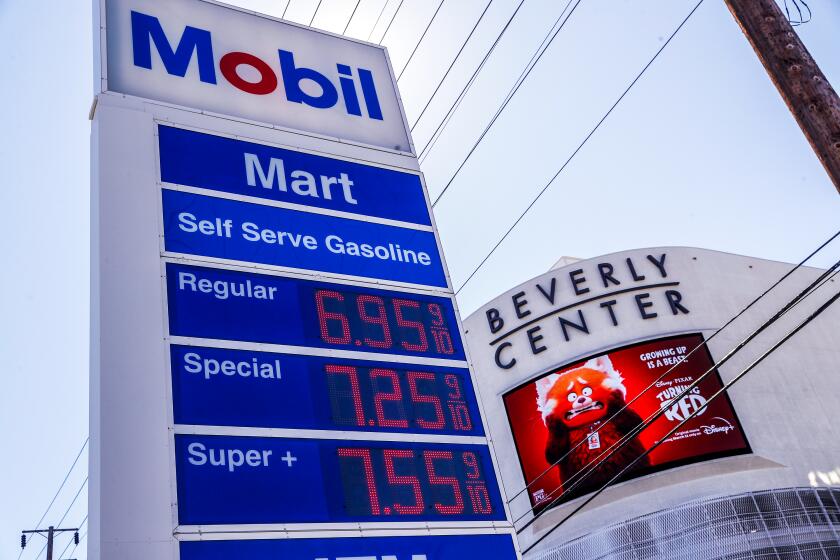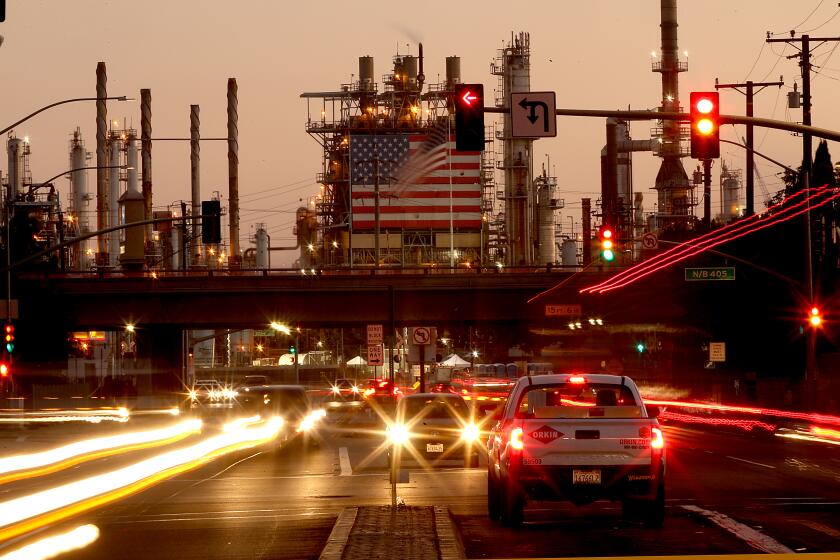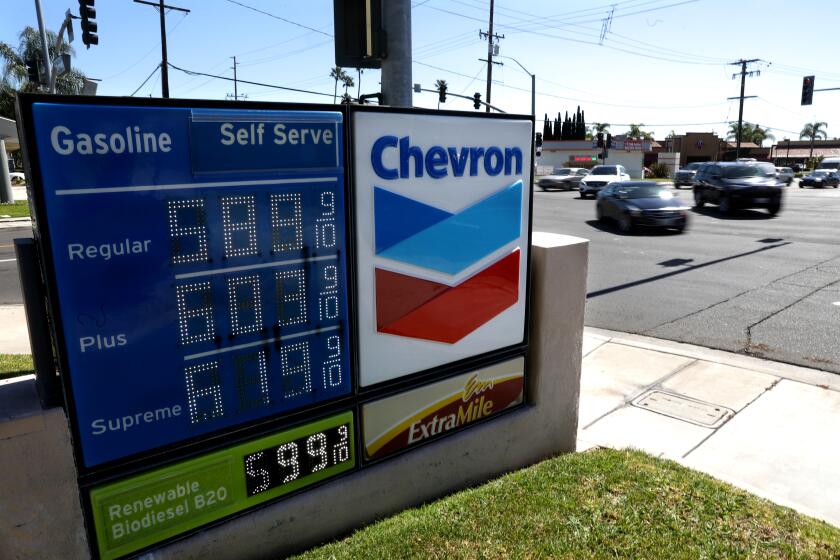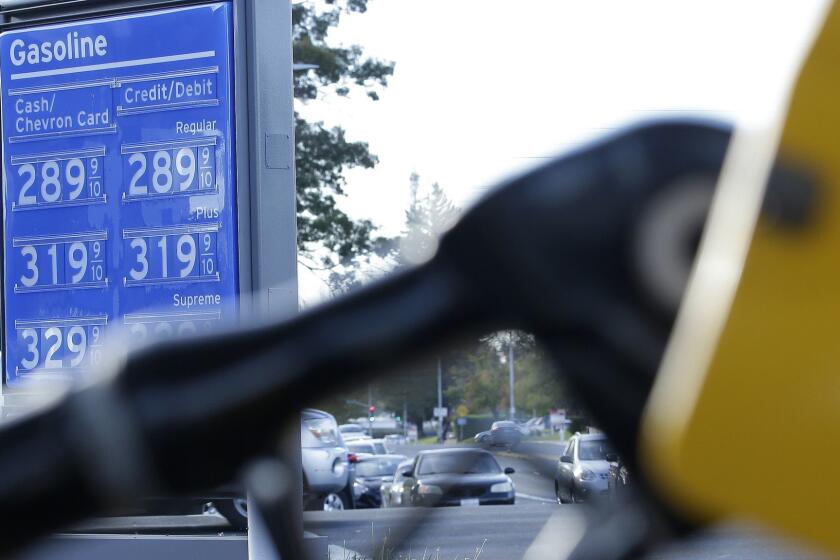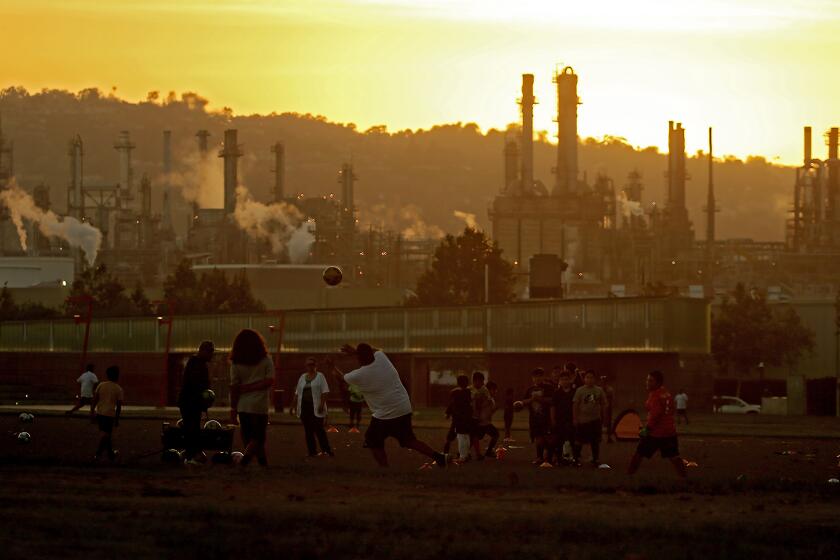Amid historically high California gas prices that have drained drivers’ wallets, Gov. Gavin Newsom declared the state’s oil industry an outlaw.
For decades, California has suffered the nation’s most expensive gas because of higher taxes and clean fuel requirements, but that differential reached extreme levels in the spring and fall after Russia’s invasion of Ukraine and the subsequent ban on Russian oil.
In October, when AAA data show Los Angeles hit a record $6.49 a gallon and prices were nearly as high elsewhere in Southern California, drivers across the nation were filling up on average for $3.79, a painful price difference of $2.70 per gallon. And with that, the governor had had enough.
“California’s price-gouging penalty is simple — either Big Oil reins in the profits and prices or they’ll pay a penalty,” declared Newsom, when he announced a plan this month aimed at clamping down on company profits.
The plan follows a deal the governor worked out with the Legislature to provide Californians a one-time gas tax refund this year ranging from $200 to $1,050 for individual filers and families.
Refiners deny they are price gouging and cite a litany of other causes for high fuel costs, primarily supply, demand, regulations and taxes.
For the record:
4:46 p.m. Dec. 13, 2022A previous version of the “Oil companies earn more per gallon in the West Coast region” graphic miscalculated per-gallon profits. The article previously said four major oil companies earned on average 85 cents more per gallon on the West Coast than nationally; the correct figure is 15 cents. In addition, the article stated that Hawaii has no refineries and imports all its gasoline; Hawaii has one refinery and imports a portion of its gasoline.
What’s more, California gas prices have dropped sharply in recent days to $4.60 for a gallon of regular — but they also fell this summer before rising again.
One thing both sides can probably agree on: A ban on the sale of new gasoline-powered vehicles set to go into effect in 2035 will probably lead to less fuel supply as refinery capacity dwindles — but more conflict for years to come.
Here are four charts to help you understand what’s at issue.
